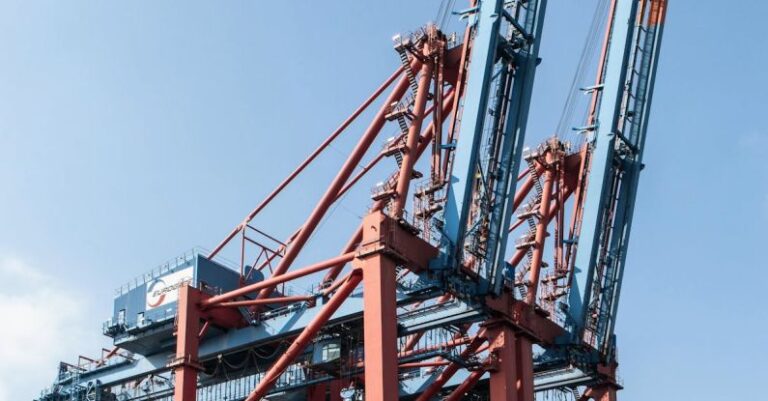
In today’s fast-paced and interconnected business world, managing logistics risks is a critical aspect of ensuring the smooth operation of supply chains. Companies face a myriad of potential challenges that can disrupt the flow of goods and services, leading to delays, increased costs, and customer dissatisfaction. From natural disasters to geopolitical issues, the range of risks is broad and ever-evolving. This article explores how companies navigate and mitigate logistics risks to maintain efficient operations and uphold customer satisfaction.
Understanding the Nature of Logistics Risks
Logistics risks encompass a wide array of potential threats that can impact the movement of goods from suppliers to customers. These risks can arise from various sources, including transportation disruptions, supplier issues, inventory management challenges, and geopolitical instability. Companies must have a comprehensive understanding of the potential risks they face in their supply chain operations to develop effective risk management strategies.
Developing a Risk Management Plan
To effectively manage logistics risks, companies must develop a robust risk management plan that identifies potential threats and outlines strategies for mitigating them. This plan should encompass all aspects of the supply chain, from sourcing materials to delivering finished products to customers. By conducting a thorough risk assessment, companies can identify vulnerabilities in their supply chain and implement proactive measures to address them.
Building Resilient Supply Chains
Building resilience into supply chains is essential for managing logistics risks effectively. Companies can enhance resilience by diversifying their supplier base, implementing redundant transportation routes, and maintaining adequate inventory levels to buffer against disruptions. By creating a more flexible and adaptable supply chain, companies can better respond to unforeseen events and minimize the impact of disruptions on their operations.
Implementing Technology Solutions
Technology plays a crucial role in helping companies manage logistics risks more effectively. By leveraging data analytics, artificial intelligence, and predictive modeling, companies can gain insights into potential risks and proactively address them before they escalate. Advanced tracking and monitoring systems also enable companies to have real-time visibility into their supply chain operations, allowing for quick responses to disruptions as they occur.
Collaborating with Partners
Collaboration with key partners, such as suppliers, logistics providers, and other stakeholders, is essential for managing logistics risks successfully. By establishing open communication channels and sharing information proactively, companies can work together to identify and address potential risks before they escalate. Collaborative efforts can also lead to the development of joint risk management strategies that benefit all parties involved in the supply chain.
Monitoring and Continuous Improvement
Effective risk management is an ongoing process that requires constant monitoring and continuous improvement. Companies must regularly review and update their risk management strategies to adapt to changing market conditions, regulatory requirements, and emerging threats. By staying vigilant and proactive in managing logistics risks, companies can minimize disruptions, optimize their supply chain operations, and maintain a competitive edge in the marketplace.
In conclusion,
Managing logistics risks is a complex and multifaceted endeavor that requires a strategic and proactive approach. By understanding the nature of logistics risks, developing a comprehensive risk management plan, building resilient supply chains, leveraging technology solutions, collaborating with partners, and continuously monitoring and improving risk management strategies, companies can effectively navigate the challenges of today’s dynamic business environment. By prioritizing risk management and investing in robust strategies and solutions, companies can enhance the resilience of their supply chains and ensure the consistent delivery of goods and services to customers.





